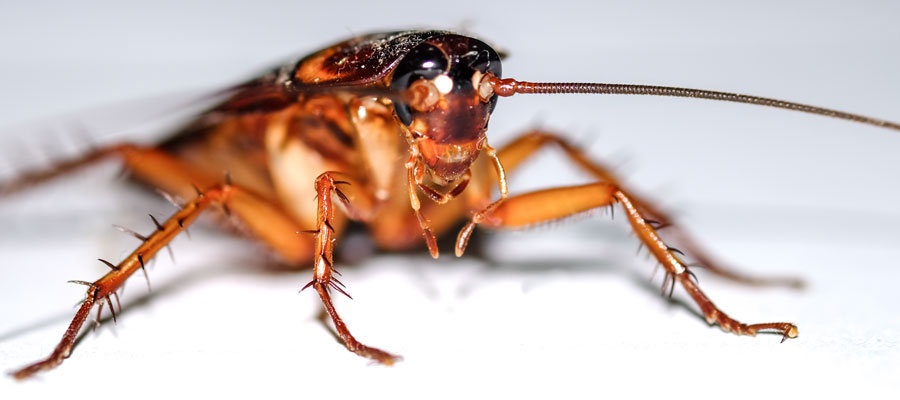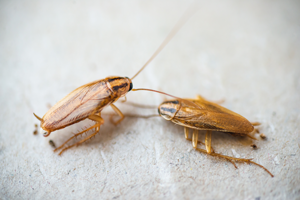 On Earth, there are more than 4,500 cockroach species. Of these, only about 30 of them that are considered pests to people, and four of them are common to Utah’s borders. They include the German, American, Oriental, and brown-banded cockroach, all of which can be a nuisance to deal with in your home. Roaches are frequently found in homes, businesses, trash heaps, sewers, and nearly anywhere else they want to be. It’s important to always be on the lookout for signs of cockroaches in your house—seeing even one is often an indicator of many more nearby. The experts at Rentokil are here to share all you need to know about roaches in Utah and beyond.
On Earth, there are more than 4,500 cockroach species. Of these, only about 30 of them that are considered pests to people, and four of them are common to Utah’s borders. They include the German, American, Oriental, and brown-banded cockroach, all of which can be a nuisance to deal with in your home. Roaches are frequently found in homes, businesses, trash heaps, sewers, and nearly anywhere else they want to be. It’s important to always be on the lookout for signs of cockroaches in your house—seeing even one is often an indicator of many more nearby. The experts at Rentokil are here to share all you need to know about roaches in Utah and beyond.
Types of Cockroaches Found in Utah
- American Cockroach
- Among the largest species of roaches in the country, American cockroaches can reach approximately 2” long.
- They have a distinctive yellowish band by the head, and varying degrees of reddish-brown or chestnut brown coloring on their bodies.
- Despite having wings, they rarely fly because their flight patterns look awkward and clumsy.
- Their incredible speed enables them to scuttle around or escape quickly.
- Eating nearly anything in sight, they are often caught devouring crumbs or exposed leftovers after human meals, paper products, glue, pet food, and whatever organic material they come across.
- Brown-Banded Cockroach
- These are a brownish color and feature lighter brown stripes across their bodies.
- Brown-banded roaches are approximately 1 ¼” long.
- These roaches are like most roaches and are notably opportunistic eaters, favoring book bindings, wallpaper glue, and stamps.
- German Cockroach
- German roaches are dark brown with stripes running the length of their bodies,
- When fully grown, they are about 1¼” long.
- German cockroaches also have wings but don’t fly.
- These cockroaches favor fermented foods but will eat many things.
- German cockroaches require warmer and humid areas to live in more so than other cockroach species.
- They will look for shelter during the winter months and most will venture back outside in the warmer months.
- Oriental Cockroach
- These roaches look quite different, as they are shiny and black or reddish-brown in color.
- Oriental roaches grow to be about 1″ long.
- They are often found living in sewers and garbage heaps, as they prefer consuming organic matter.
How to Prevent All Cockroaches
Cockroaches are not only grotesque, but dangerous. With how much they come into contact with, they can spread a lot of germs and bacteria. In fact, they are responsible for spreading as many as 33 types of bacteria alone. Roaches are also linked to triggering allergy problems. If you are experiencing problems with any of these cockroaches, it’s time to call in the experts. The roach exterminators at Rentokil will keep you roach-free all year long.

